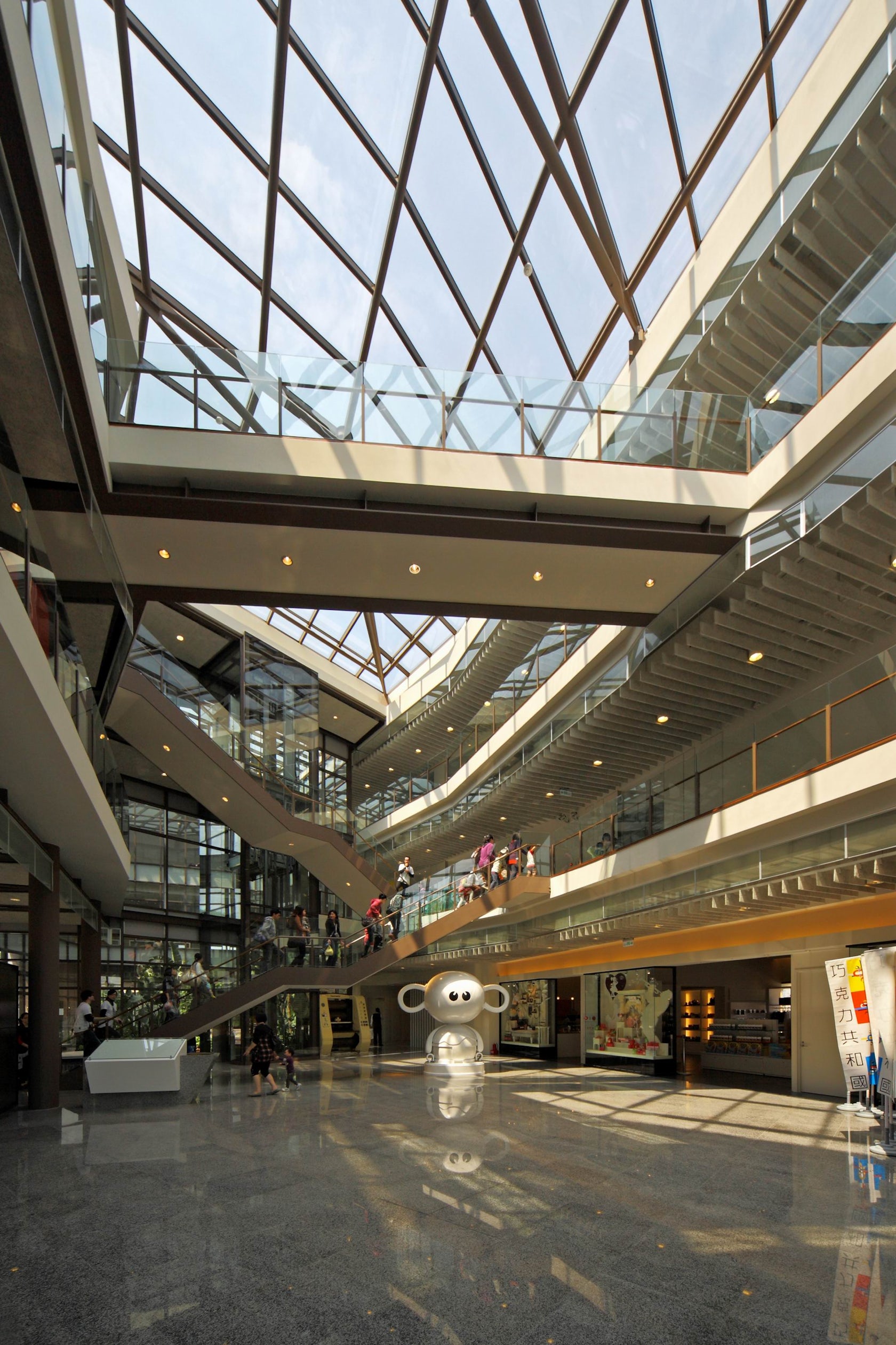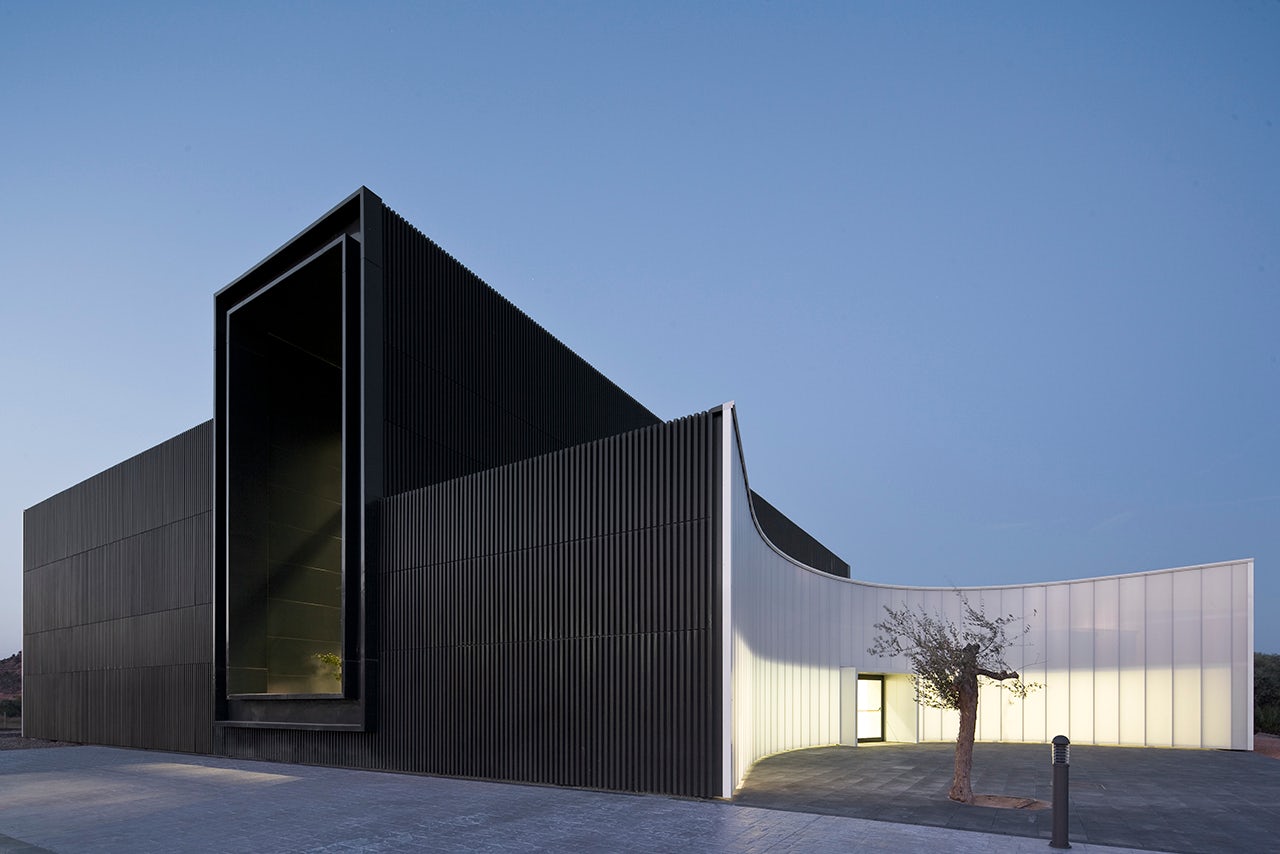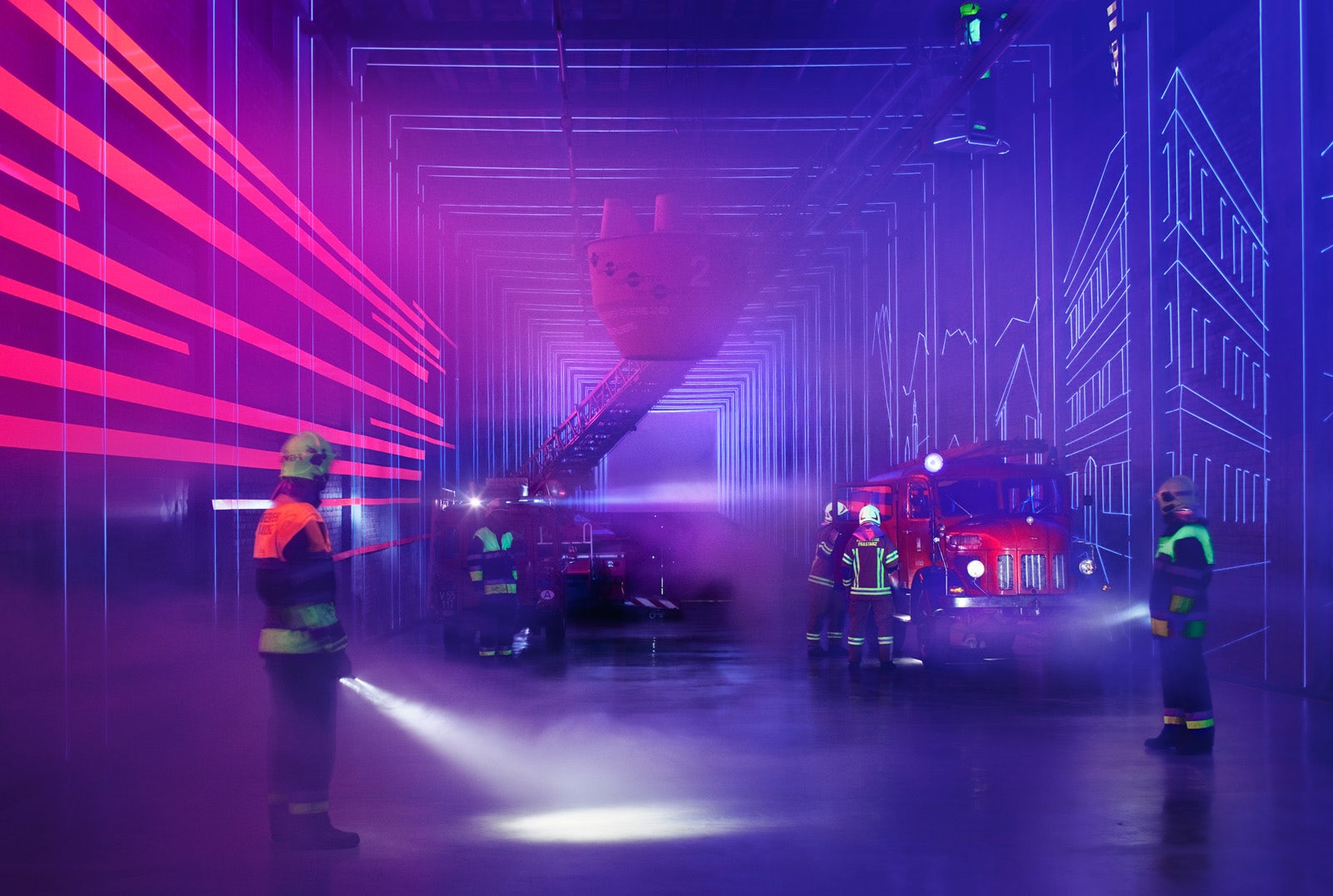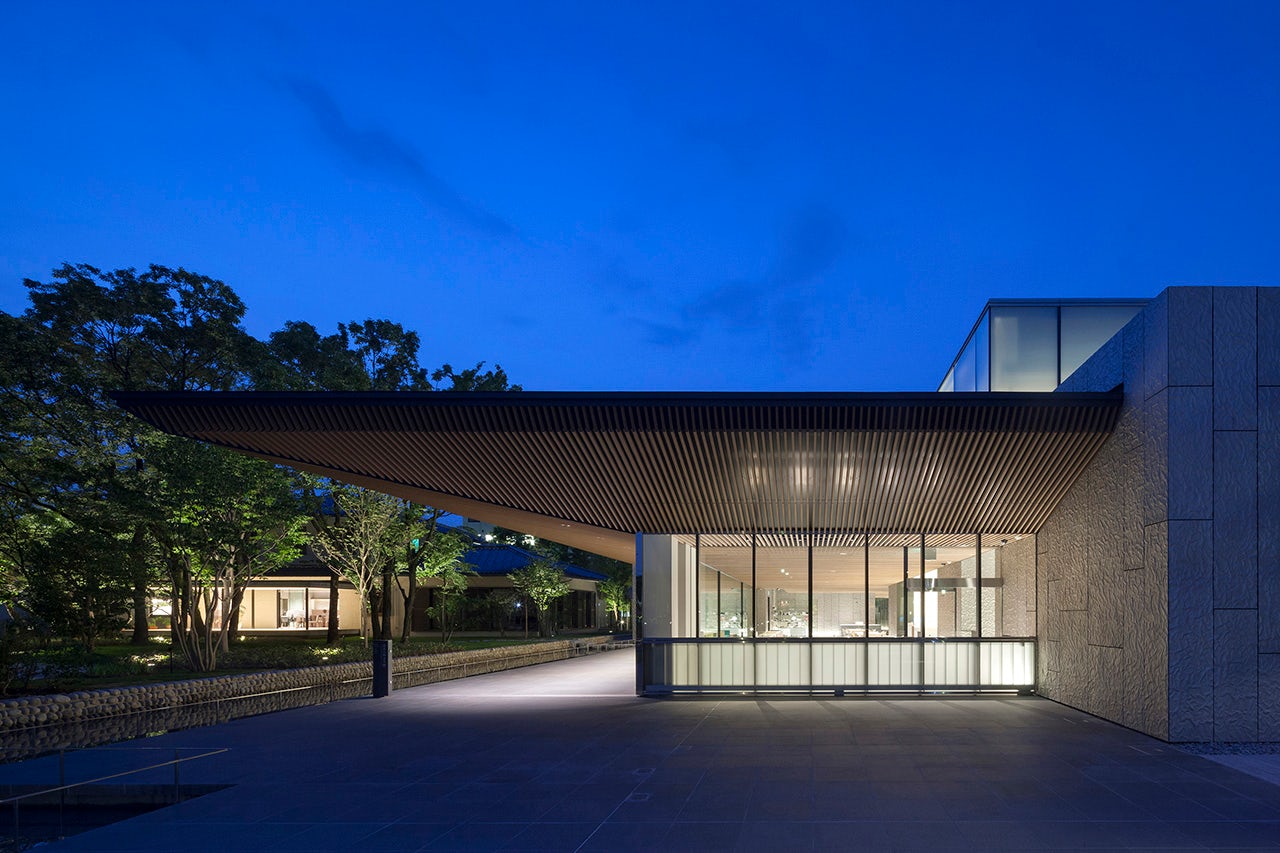From sex to skyscrapers, it seems that the label of “museum” can encompass almost any subject. These cultural institutions have come a long way from their historical forerunners: the classical museum aimed to instruct young artists and the public in the canon of Western art, from the Greeks to Gérôme. As the narrow definition of art expanded in the 19th and 20th century, and other subjects grew in cultural import (such as human history and the sciences), museums branched into unfamiliar territory. No recent history of museums can avoid the mention of the Guggenheim Bilbao, whose unexpected success has redefined these cultural institutions as iconic destinations and anchors of economic growth. However, if you think sex and skyscrapers are the most unexpected results of the long history of museums, then you’re quite mistaken.

© W.S. Hsieh

© W.S. Hsieh
Hunya Chocolate Museum (Republic of Chocolate) (Taoyuan, Taiwan) by J. J. Pan & Partners
Clad in a chocolate-brown metal screen, this museum was commissioned by a major Taiwanese chocolate, cakes, and confections company. The museum aims to be the public face of the company and visitors can learn about their manufacturing process by touring an adjacent chocolate factory. The perforated metal screens appear opaque during the day but reveal illuminated walkways at night. Lastly, the core of the building contains a mini-mall-like three floor atrium where you can, of course, buy as much chocolate as you can carry out.

© Arquitecturia

© Arquitecturia
Museum of Energy (Tarragona, Spain) by Arquitectura
Overlooking the Ebro river in Spain, and located not far from a nuclear power plant, this museum seems simply dedicated to educating the public on the ubiquitous electrical currents that power modern civilization. Only one story tall, most of the museum is clad in black-painted steel and translucent polycarbonate that can be illuminated at night. Visitors enter through a wall of such polycarbonate into a larger foyer that leads to the museum’s programmatic spaces: a lecture hall and exhibition space. The large double-height space in the museum’s center contains service spaces and what appear to be museum offices.

© raumhochrosen for chezweitz GmbH

© Albrecht Imanuel Schnabel
Fire Engine Museum, Wollaschopf (Frastanz, Austria) by raumhochrosen for chezweitz GmbH
Located in a former cotton warehouse and textile factory, this space is the vehicle hall of a State Fire Museum. The luminous designs are a backdrop for nightly shows in which historic fire engines move through the space. The vast hall is 160 ft long and almost 30 ft high.

© WilkinsonEyre

© WilkinsonEyre

© WilkinsonEyre
Mary Rose Museum (Portsmouth, U.K.) by Wilkinson Eyre Architects
Maritime museums are common; museums dedicated to a single ship are rare. However, the Mary Rose is an exceptionally rare vessel: Commissioned by King Henry VIII, the warship sunk into waters just off the Isle of Wight in 1545. The ship, along with much of its cargo and contents, were recovered in 1982 in an unusually well-preserved state. The museum builds a new architectural “hull” around fragments of the wooden ship, laid out in a special climate-controlled space in the building’s center. The oblong form also houses a host of maritime fragments, from cannons to sailors’ personal possessions.

© C+A / Coelacanth and Associates

© C+A / Coelacanth and Associates
KOSHINOKUNI Museum of Literature (Toyama, Japan) by C+A / Coelacanth and Associates
While its name suggests a broad purview, the Koshinokuni Museum of Literature focuses on the literary heritage of the Toyama region and its surrounding areas. An adjacent building, a former Governor’s house, houses the museum’s administrative functions while this addition contains exhibition spaces. A 42-ft cantilever welcomes visitors to the exhibitions spaces: a series of independent rooms linked by circulations spaces with earthen floors. The exhibition spaces are clad in aluminum-cast panels imprinted with leaves in reference to the region’s poetic traditions.

© Rojkind Arquitectos

© Rojkind Arquitectos
Nestlé Chocolate Museum (Toluca de Lerdo, Mexico) by Rojkind Arquitectos
While this museum in central Mexico is also dedicated to a particular chocolate purveyor, its architecture couldn’t be more different from the first example. Featuring an enclosed shell of triangular planes, visitors are engulfed by the museum and led through a tour of a chocolate factory. There’s no mistaking the museum’s full embrace of a futuristic aesthetic and, surprisingly, the building only took three months to construct.









